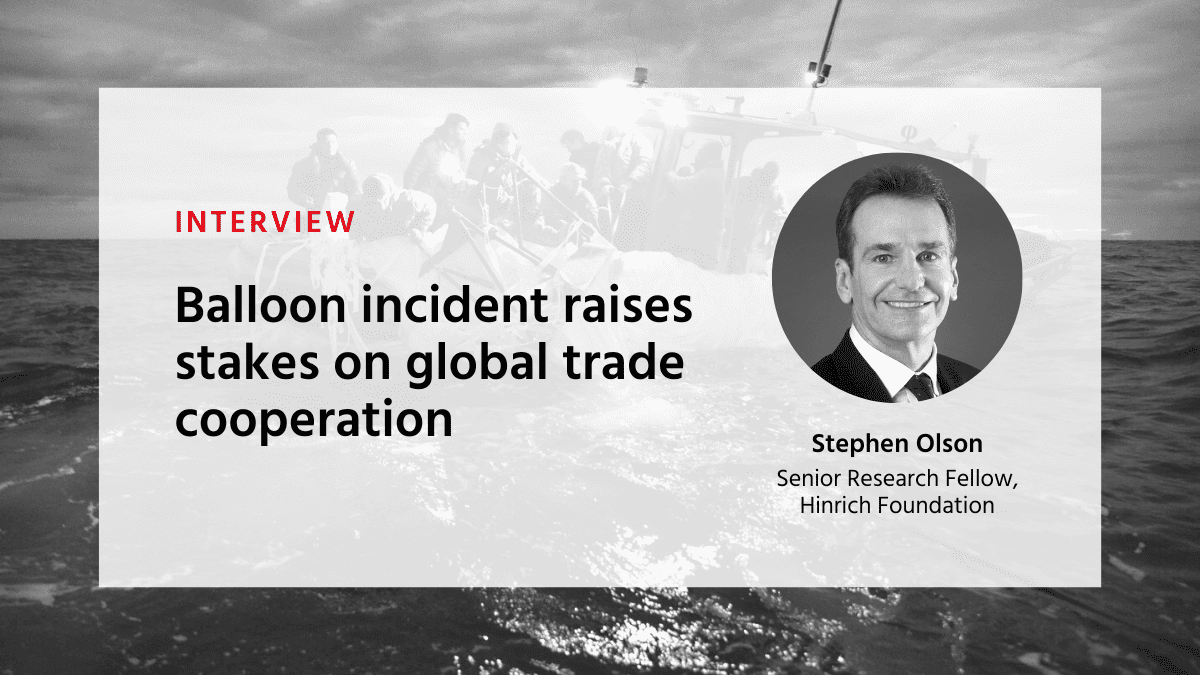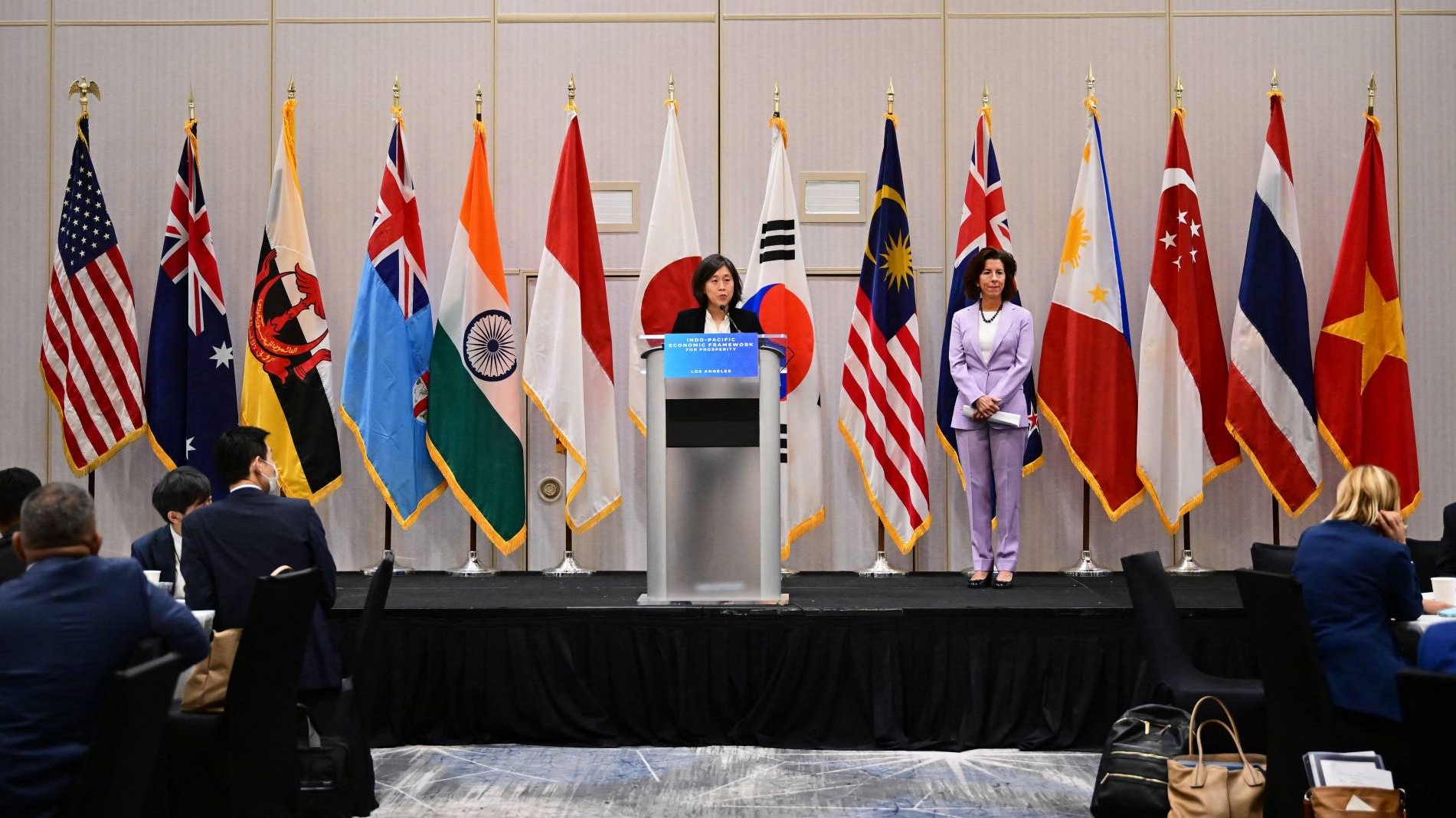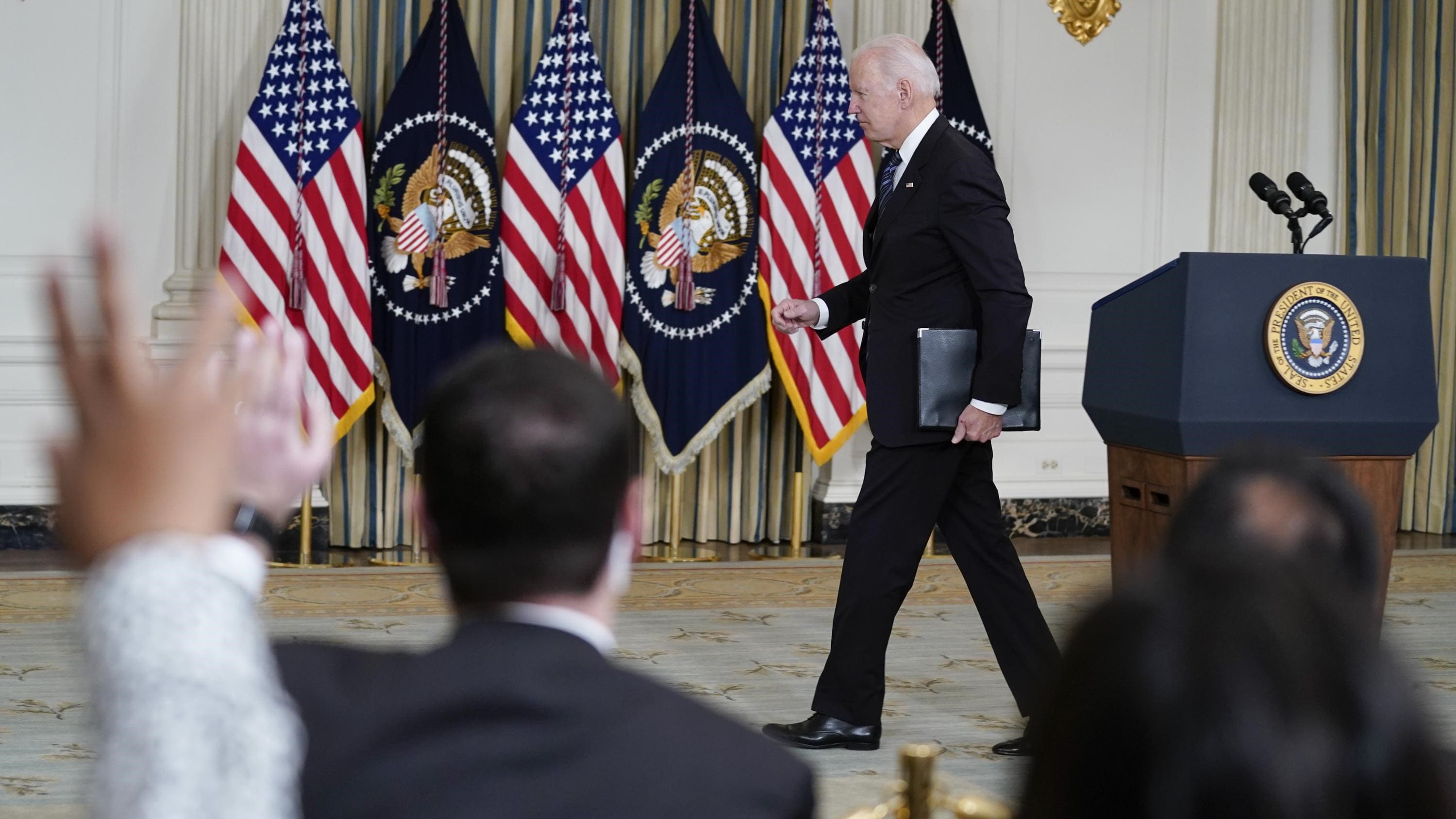There were once hopes that China’s entry into the global trade system would benefit the US and the Western world at large. This has not come to pass in part because of China’s record of either ignoring or bucking the rules of international trade, and its decisions have raised many questions about the viability of the World Trade Organization (WTO). The US has tended to view China as a “threat” to American preeminence, says Olson, a belief which has colored and will continue to impact its relationship with the European Union (EU), which has sought to “maintain” and even “expand” its trade relationship with China even while the US has made attempts to get the bloc on the same proverbial page.
The US is not blameless here, and its response in East Asia, where Chinese trade and investment are interlinked, has been lackluster in large part because of its failure to listen and “understand and accommodate” the interests of its East Asian partners. More of that could certainly be explored at a later date but It’s evident the issues between the two diametrically opposed nations go much deeper than the Chinese balloon saga.







